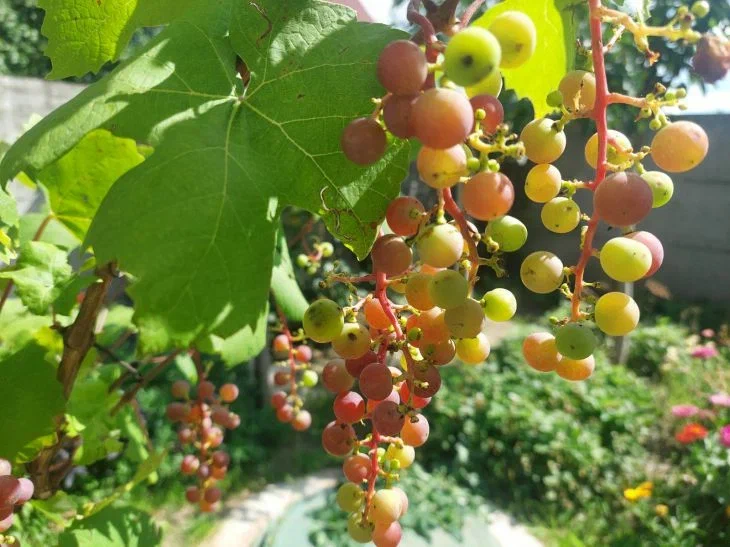Drops of water on grape leaves in the morning sun seem harmless, but they set off a chain of events that turn juicy grapes into rot.
Doctor of Biological Sciences Elena Sorokina , a leading specialist at the Research Institute of Viticulture, explains: "The drops work like lenses, focusing the sun's rays. This causes micro-burns on the surface of the leaves and berries. Through the damaged areas, the Botrytis cinerea fungus penetrates into the tissues and completely destroys the bunch in 48 hours."
The magazine “Winemaking in Russia” conducted a two-year experiment: bushes watered before sunrise were affected by gray mold three times more often than those watered after sunset.

Botrytis cinerea is a cunning pathogen that overwinters in soil and plant debris. In spring, its spores rise with the wind and settle on leaves. To germinate, they need moisture, which is provided by morning watering.
A study by the University of California (2022) showed that at temperatures of +20...+25°C and humidity above 70%, the fungus multiplies exponentially. The first signs of infection are brown spots on the berries and gray "fluff" on the ridges. If no action is taken, the entire crop will perish within a week.
To save the harvest, follow these rules.
1. Water only at the roots and only after 18:00.
Use a drip system or a watering can with a long spout to keep water from getting on the leaves.
Farmer Andrey from Crimea shared his experience: "I used to lose up to 50% of the harvest. I switched to evening watering - now I collect 80% of the bunches, even in rainy seasons."
2. Control humidity.
Install soil moisture sensors in the vineyard. The optimum level is 60-65%. If the leaves are wet from dew or rain, blot them with a soft cotton cloth before sunrise.
3. Add potassium permanganate to the water.
The solution (1 g per 10 l) destroys fungal spores and strengthens the plant's immunity. Spray the soil around the bushes once every 2 weeks.
4. Trim and shape the bushes.
Thickened vines create a "greenhouse effect". Remove excess shoots to ensure air circulation. French specialist Pierre Dubois noted in an interview with Vitis magazine: "Correct shaping reduces the risk of rot by 40%" .
